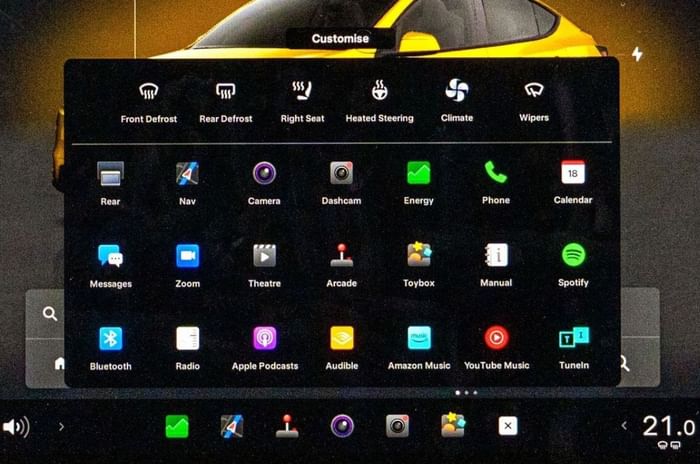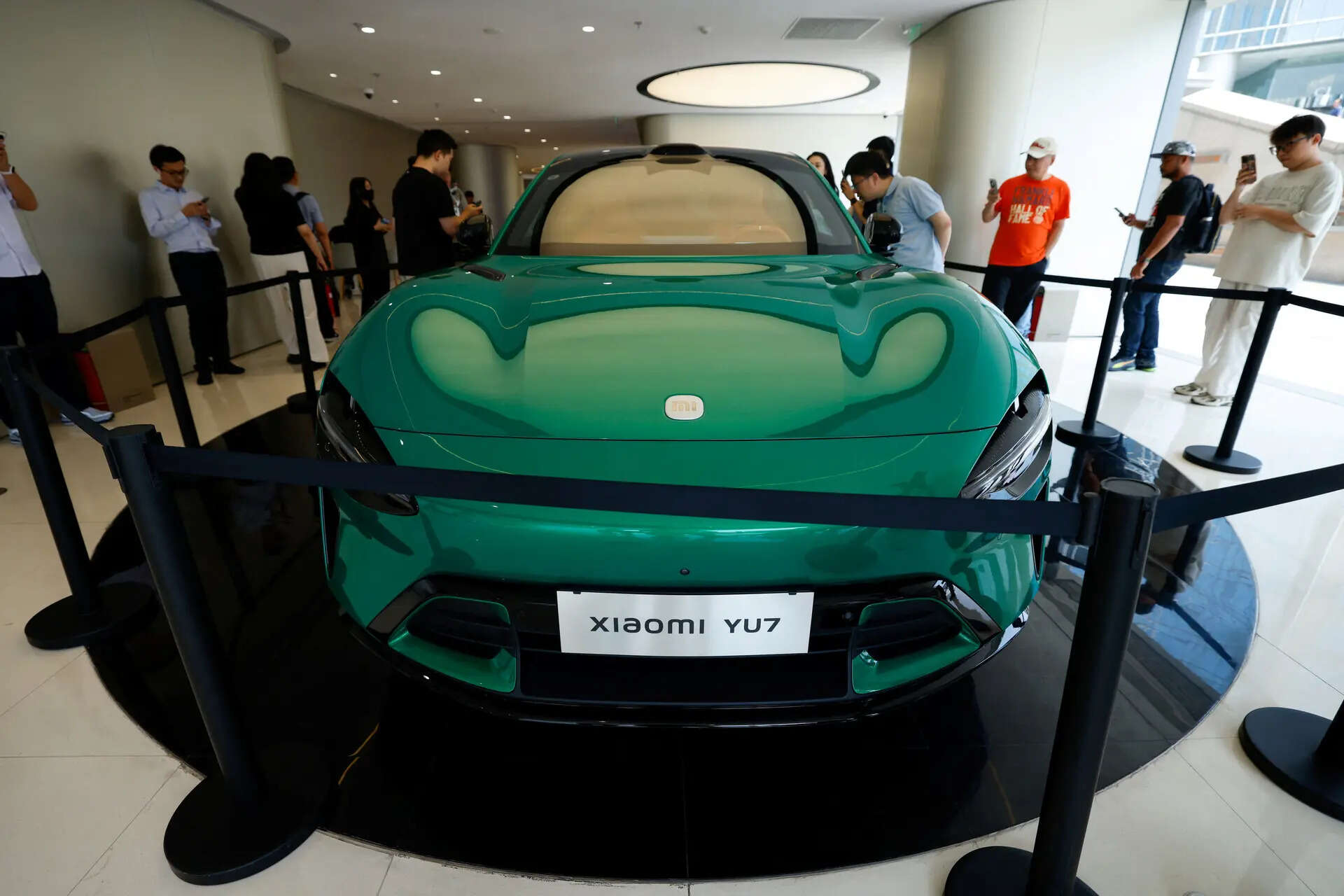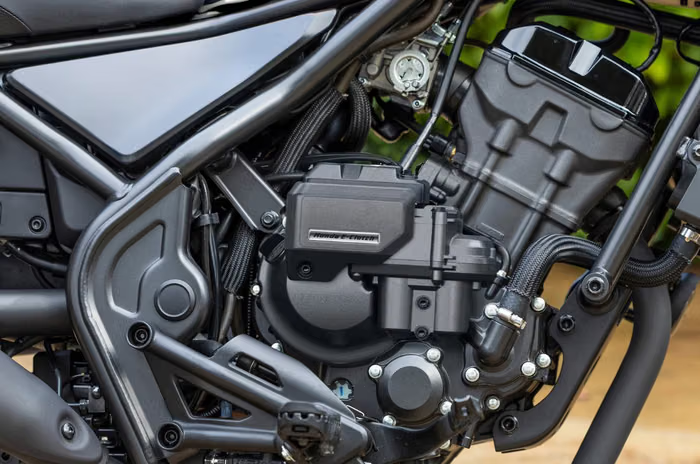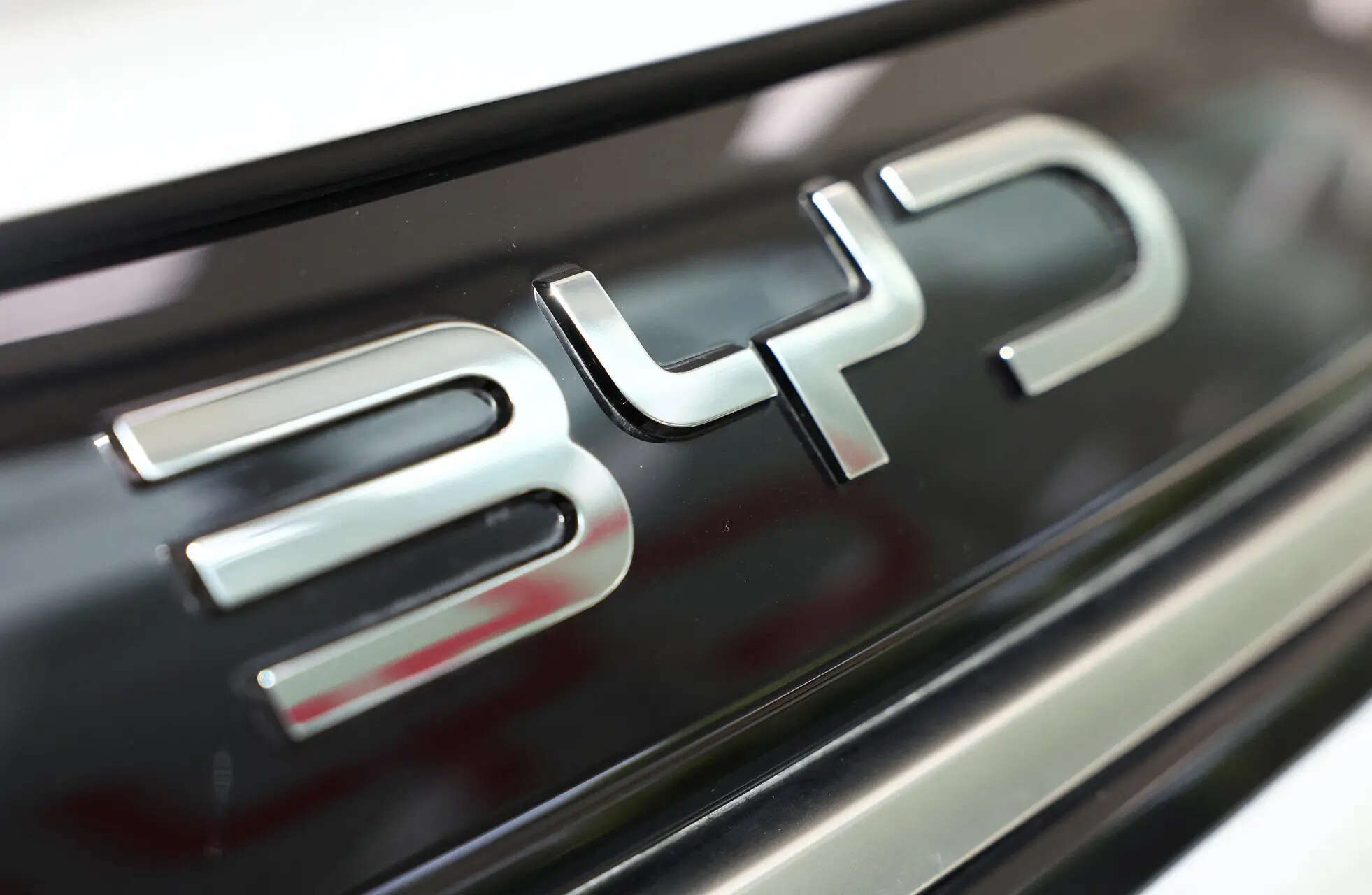Euro NCAP has been a pioneer in defining safety standards for cars, and it has issued some updates to its testing protocols, which will come into effect from 2026. Under the new rating scheme, cars without physical controls for certain essential functions will not be offered a 5-star safety rating.
- Physical buttons required for horn, indicators, hazard lights and wipers
- New protocols also bring a stronger focus on active safety features
- New rating scheme will be enforced from January 2026
Physical controls for essential safety features
Euro NCAP will be enforcing new testing norms from January 2026, and important changes include the mandate of offering physical buttons for the horn, indicators, hazard lights, wipers and SOS, to score the coveted 5-star crash safety rating.

In recent years, many carmakers have moved toward minimalist cabin designs that replace physical switches with touch-based controls to create a cleaner look and appeal to younger buyers. While this approach can lower manufacturing costs, it also reduces the tactile feedback drivers rely on and can increase distraction, as touchscreens often require drivers to look away from the road to operate them.
Euro NCAP has identified this as a safety concern, emphasising that physical controls allow drivers to make adjustments by feeling them, which improves attention and reaction time.
Will physical controls make a comeback?
This could essentially mark a comeback for physical controls in cars, which is always a welcome move. Earlier this year, carmakers like Volkswagen and Mercedes-Benz reported their plans to bring back physical controls in their cars, and more carmakers are expected to make a similar move to secure a 5-star Euro NCAP rating.
Other changes
Beyond physical controls, the new Euro NCAP norms will place a stronger focus on active safety features. Driver-monitoring systems will now contribute up to 25 points from the current two points. The safety systems will now also be required to track the driver’s eye and head movements, detect drowsiness, and issue timely alerts to prevent accidents for higher scores.

Not just this, but the new standards place greater emphasis on how vehicles protect passengers in real time. Safety systems must now monitor who is sitting in each seat and how they are positioned, then automatically adjust key safety features such as airbag deployment, seatbelt tension, and posture alerts.
Also See:












.jpg?w=700&c=0)



































